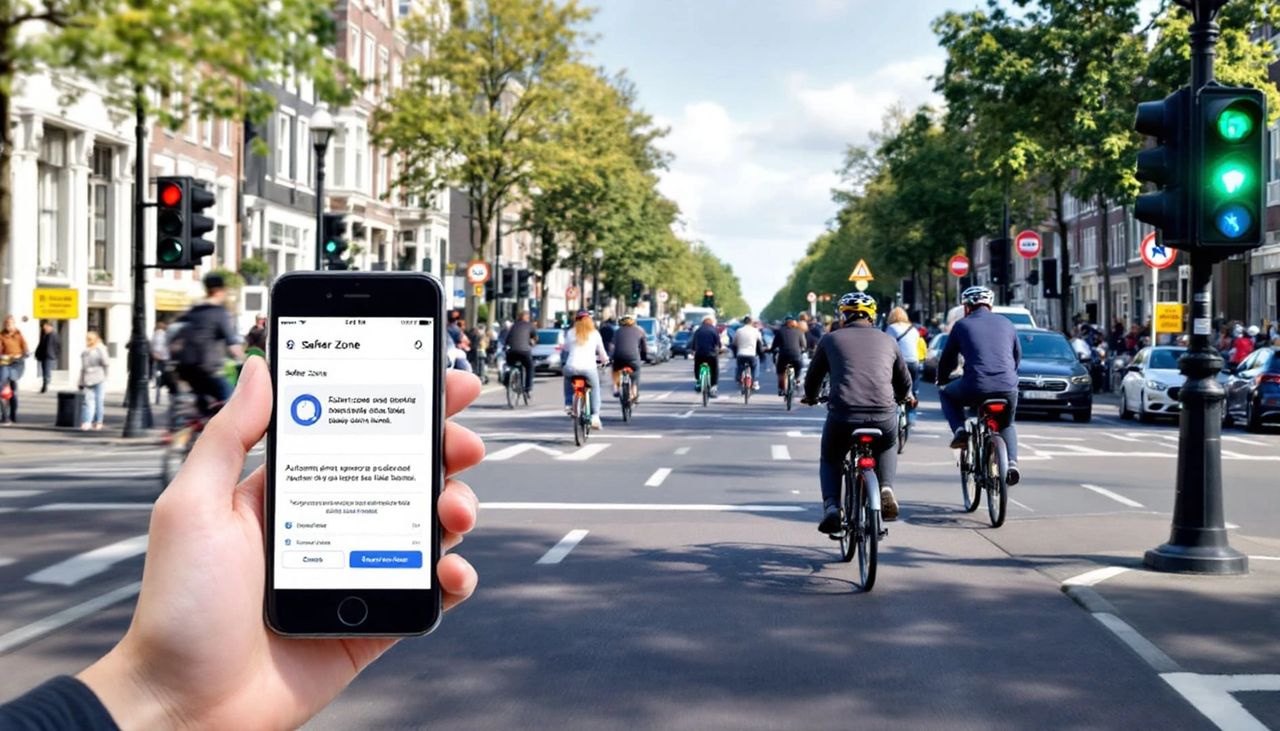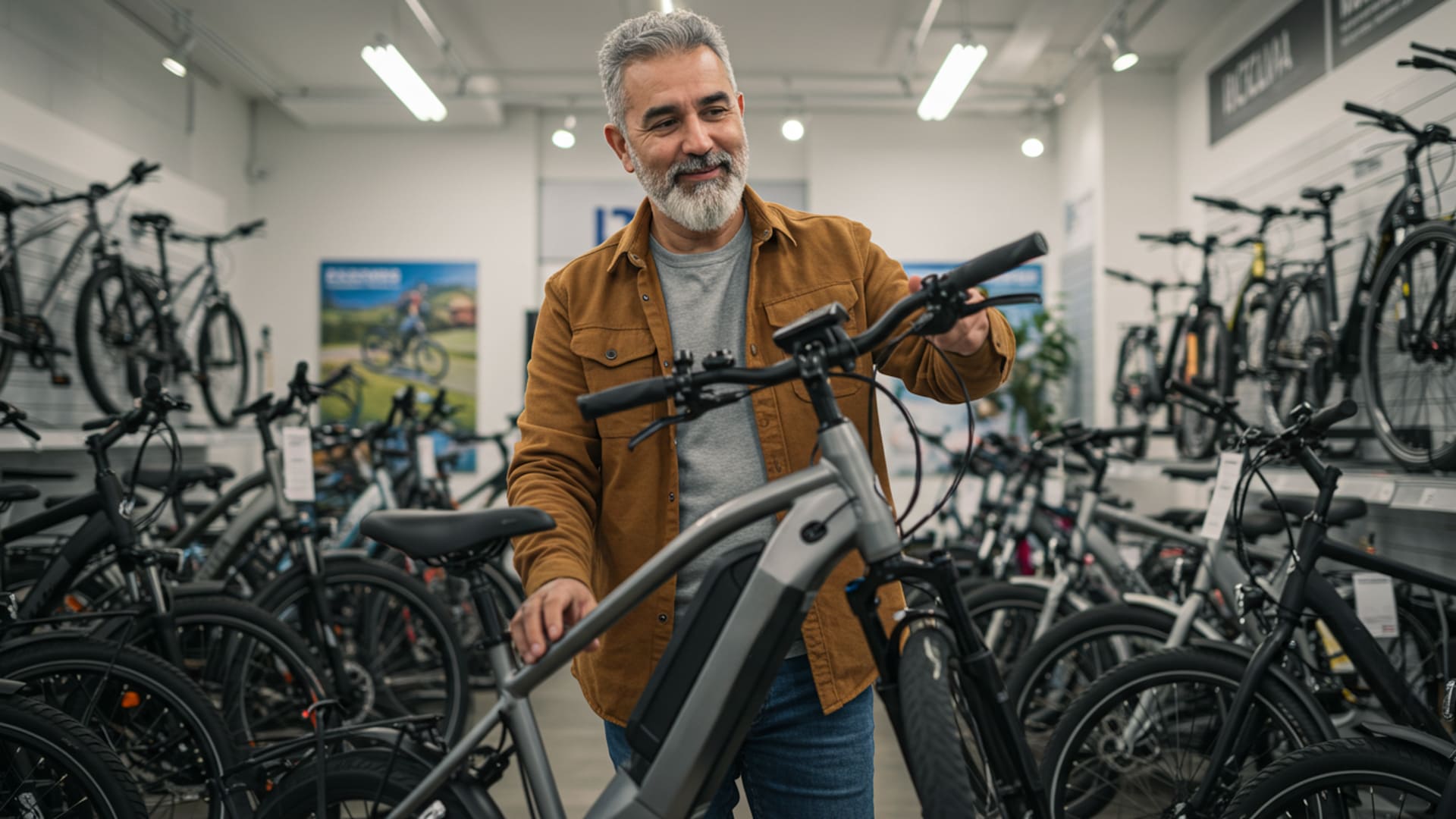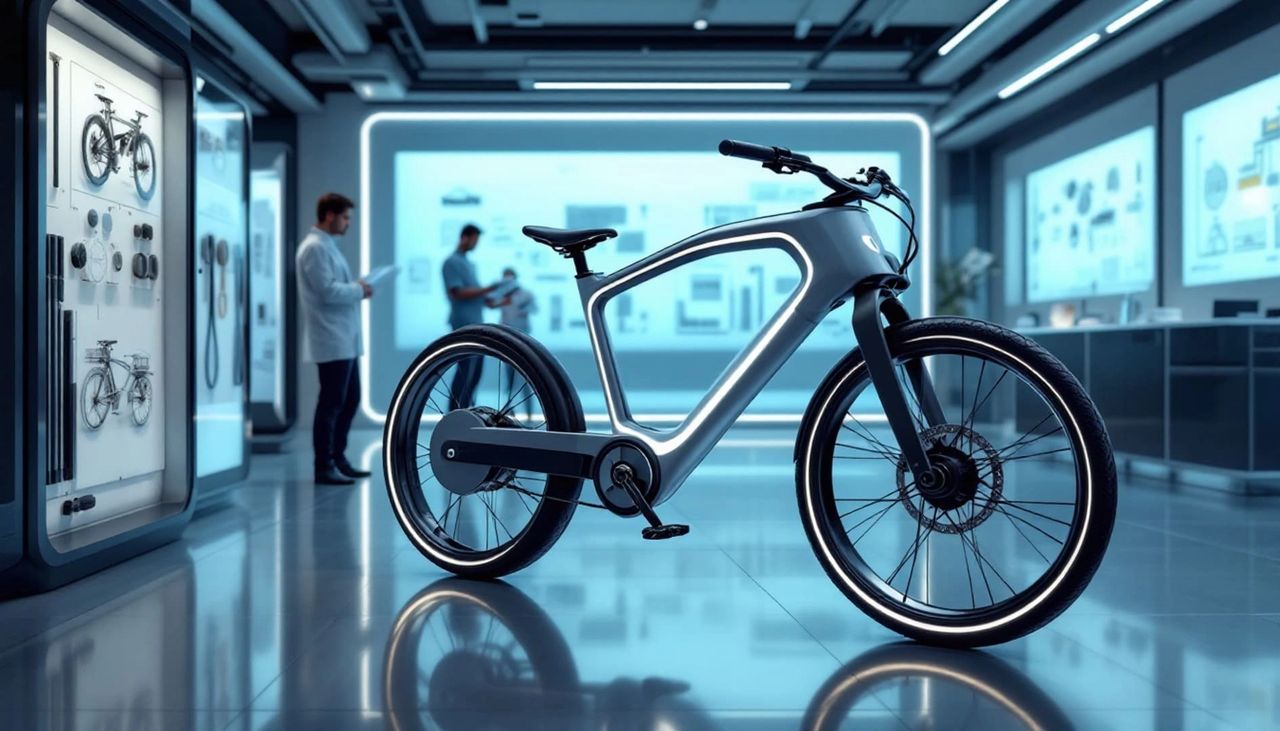E-bikes have revolutionized urban mobility and recreational cycling, offering riders extra power, convenience, and versatility. But that added complexity—especially in the motor and electrical systems—means they require more than just the occasional tire pump or chain lube. If you’re an e-bike owner, understanding what goes into a professional tune-up can help you keep your ride in top condition and avoid costly repairs down the road.
At the heart of any tune-up is a comprehensive safety inspection. The technician will begin by examining the bike’s overall frame integrity, checking for cracks, loose components, or misaligned geometry. Wheels are checked for true (alignment), spokes are tensioned, and the tires are inspected for wear or embedded debris. Given the added weight and speed of e-bikes, tires wear faster and rims can go out of alignment more easily, especially if you frequently ride on rough terrain or city streets with potholes.
Brake maintenance is a top priority during any e-bike service. E-bikes, especially Class 3 models that reach up to 28 mph, demand high-performance braking systems. A mechanic will inspect both brake pads and rotors for wear and make precise adjustments to ensure strong, responsive braking. Hydraulic brakes—now standard on most higher-end e-bikes—may also require a fluid top-off or bleed.
The drivetrain receives special attention, especially on mid-drive e-bikes. These systems channel motor power through the chain and gears, meaning parts wear faster under torque. The chain is cleaned, measured for stretch, and lubricated. Derailleurs are adjusted for crisp shifting. If your e-bike uses a Bosch or Brose mid-drive motor, technicians will pay extra attention to alignment and chain tension to avoid overloading the motor or drivetrain. Any irregularity can cause not just poor shifting but long-term mechanical damage.
Where e-bikes differ most from traditional bikes is, of course, in the electrical system. A skilled technician will test the motor engagement and responsiveness, inspect the battery terminals and mounting hardware for corrosion or looseness, and examine wiring harnesses for signs of fraying or stress. Many shops equipped to service e-bikes from brands like Specialized or Giant will use proprietary diagnostic tools to connect to the bike’s software. This allows them to read system health reports, update firmware, reset error codes, and ensure all components are operating as designed. In some cases, these diagnostics are essential for preserving warranty coverage.
Other tune-up elements may include tightening critical bolts to factory-specified torque settings, aligning the handlebars, adjusting the headset and bottom bracket, and calibrating the suspension if your e-bike is equipped with front or full suspension. For commuters or daily riders, checking fender clearance, lighting systems, and accessory mounts is also common.
A full tune-up typically takes between 1 to 2 hours and can cost $75 to $150, depending on the complexity of your e-bike and regional labor rates. Some service centers may offer tiered packages that separate basic mechanical tune-ups from full electrical diagnostics.
Experts recommend getting a tune-up at least once every 6 to 12 months, or roughly every 1,000 to 1,500 miles, especially if you’re a frequent rider. Regular servicing not only improves ride quality but also extends the life of your components, catches small problems before they become expensive ones, and helps maintain safety—especially critical when motor assistance is involved.
Ultimately, a professional tune-up is about more than just maintenance. It’s about optimizing performance, preserving your investment, and ensuring that every ride is smooth, safe, and enjoyable.








Leave a Reply